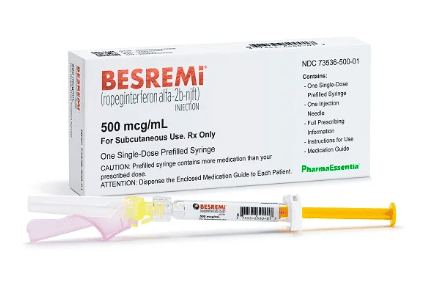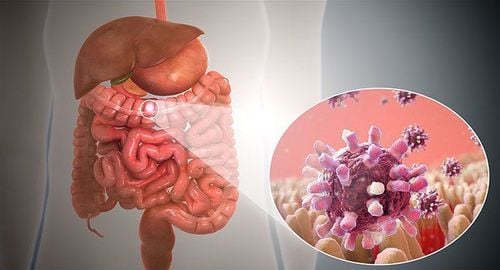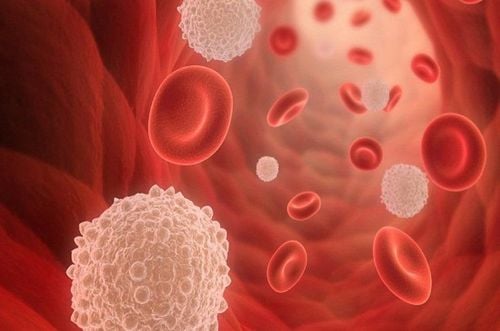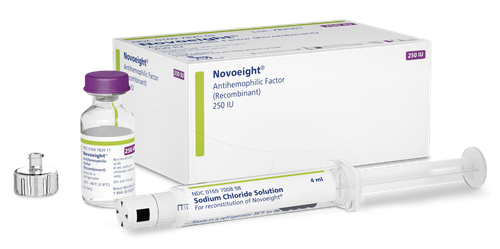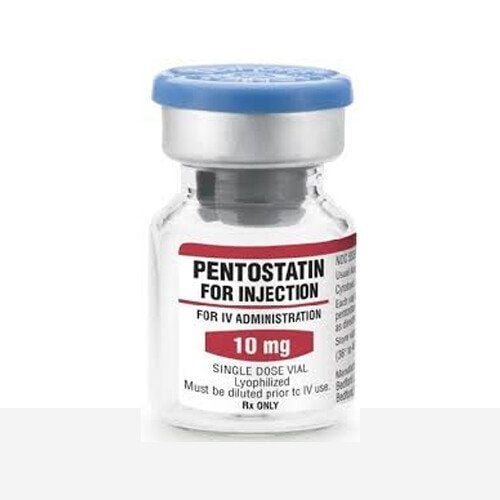This is an automatically translated article.
Platelets are a blood cell that plays a very important role in the ability to stop bleeding. Thrombocytopenia is a common disease that can cause many dangerous neurological complications, kidney failure or serious complications related to blood clotting,...
1. What is considered thrombocytopenia?
1.1 Function of Platelets Platelets (platelets or thrombocytes) are a type of blood cell produced in the bone marrow. Platelets have the function of agglutinating together into a blood clot to seal off blood vessels when damaged, helping to stop bleeding effectively.
Platelets usually only live for about 7-10 days, after which they are discarded. The average number of platelets in the blood is about 150,000-450,000/microliter of blood.
1.2 What is thrombocytopenia? Thrombocytopenia is a term that describes a condition in which the platelets are lower than normal in the blood, the platelet count is less than 150,000 cells/microliter of blood. Although the number of platelets decreases, their function is maintained.
When the platelet count is too low, blood clotting is slowed down, which can cause spontaneous external bleeding, internal bleeding, or bleeding under the skin. In mild cases of thrombocytopenia, coagulation and hemostasis may remain normal.
2. Symptoms of thrombocytopenia

Chảy máu cam là triệu chứng thường gặp của giảm tiểu cầu
Mild thrombocytopenia: Usually asymptomatic and discovered incidentally during blood work; Severe thrombocytopenia: Less than 20,000/microliter of blood can cause symptoms of prolonged bleeding when an arm or leg is cut or heavy bleeding during menstruation; Severe thrombocytopenia: Less than 10,000 - 20,000/microliter of blood can cause spontaneous bleeding. Common symptoms are bleeding under the skin or mucous membranes of the nose, mouth, throat, and lining of the digestive tract (nosebleeds, bleeding gums, blood in the urine or feces,...); Appearance of thrombocytopenic purpura: Small, red, needle-sized, flat, subcutaneous hemorrhages, usually on the lower legs. This is a manifestation of bleeding in the capillaries under the skin or mucous membranes; Appearance of thrombocytopenic purpura: Subcutaneous purpura over 3mm in diameter, possibly due to the convergence of the above purpura.
3. Causes of thrombocytopenia
Virus: When the body is infected with a virus (mumps, chickenpox, rubella, hepatitis B, hepatitis C, HIV, Epstein Barr virus,...), the bone marrow can make fewer platelets. When the virus is no longer in the body, the bone marrow will continue to produce platelets normally; Medications: Some drugs can inhibit the body's ability to make platelets or produce antibodies that destroy platelets; Malignancies: Some cancers, notably leukemia, can cause low platelet cell counts. This is because cancer cells take up space in the bone marrow, preventing the production of new platelets. Cancer cells elsewhere in the body can also invade the bone marrow, affecting its ability to produce platelets;
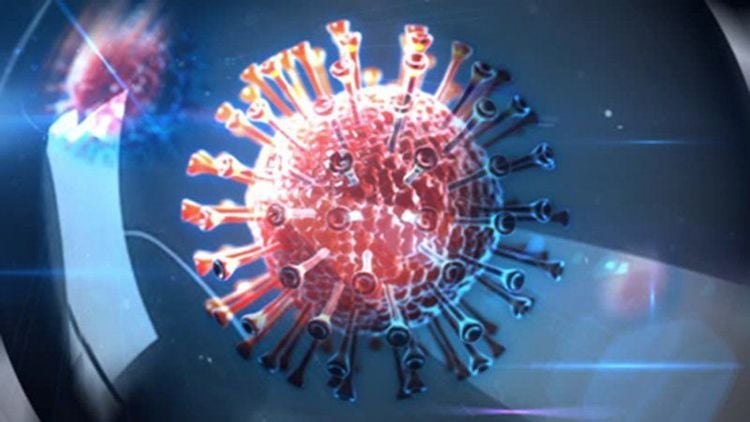
Bệnh nhân nhiễm virus viêm gan B sẽ làm tủy xương có thể tạo ra ít tiểu cầu hơn
Immune thrombocytopenic purpura: Also known as idiopathic thrombocytopenic purpura, is a disorder in which the immune system produces antibodies that destroy platelets; Aplastic anemia: A condition in which the bone marrow cannot make normal blood cells, resulting in a low platelet count. Causes of aplastic anemia may be viral infection, drug use, radiation or congenital Fanconi anemia; Chemotherapy: Chemotherapy drugs attack rapidly dividing cells such as cancer cells and blood cells. Therefore, red blood cells, white blood cells and platelets are all damaged, reducing the number when performing cancer chemotherapy; Inherited genes: There are a number of diseases that lead to thrombocytopenia secondary to genetic mutations; Thrombotic thrombocytopenic purpura: A condition in which small blood clots form in the blood vessels that destroy red blood cells and platelets; Enlarged spleen: A portion of platelets are stored in the spleen. If the spleen is enlarged, more platelets will get trapped in it, causing a decrease in the number of platelets in the blood. Enlarged spleen due to a number of different diseases; Pregnancy: Thrombocytopenia may occur in about 5% of pregnant women or be the result of preeclampsia; Other causes: Alcohol consumption, vitamin B12 and folic acid deficiency, systemic lupus erythematosus, blood transfusion, organ transplant, damage or inflammation of blood vessels and heart valves, severe infection,...
4. How much thrombocytopenia is dangerous?
Is thrombocytopenia dangerous? When the number of platelets in the blood decreases, bleeding (hemorrhage) occurs, the blood clotting ability and the patient's ability to fight infection are also reduced. Patients can have nosebleeds, bleeding gums, bleeding under the skin or even brain hemorrhage complications that lead to death.
The average number of platelets in the blood of a healthy person is around 150,000 - 450,000/microliter of blood. The dangerous level of thrombocytopenia is a reading of up to 50,000 cells/microliter of blood. The severity is 10,000 - 20,000 platelets/microliter of blood. When there is a decrease in the number of platelets, depending on the severity - mild, the doctor will assign the patient the most appropriate treatment method.
5. Methods of diagnosis and treatment of thrombocytopenia
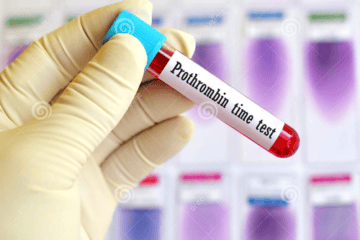
Xét nghiệm đông máu chuẩn đoán giảm tiểu cầu
5.1 Diagnosis Check the general condition, ask about the symptoms you have, look for bruises, purpura; Ask about the patient's family history, health status, medications the patient is taking; A complete blood count test to know the blood cell count in general, the platelet count in particular; Antiplatelet antibody test; Coagulation testing aims to determine the time it takes for the blood to clot and the factors that influence it; Abdominal ultrasound to check if the spleen is enlarged; Bone marrow biopsies and aspiration are performed when problems with the bone marrow system are suspected. 5.2 Treatment Treatment for thrombocytopenia depends on the severity of the symptoms and the cause of the low platelet count. Some notes include:
Patients should avoid using aspirin or non-steroidal anti-inflammatory drugs (these are drugs that reduce platelet function); Mild or no bleeding: No treatment needed. For patients with thrombocytopenia secondary to viral infection, it is necessary to recheck the platelet count several times to ensure it returns to normal, and to promptly detect abnormal developments; Stop using the drug: If the drug is the cause of the thrombocytopenia, the patient should consult with the doctor whether to continue using that drug, can be replaced with another drug; Platelet transfusion: Indicated for transient thrombocytopenia (in chemotherapy patients) or massive bleeding associated with thrombocytopenia; Using drugs to treat: In case the patient has immune thrombocytopenia, drugs such as steroids, globulins, rituximab, antibiotics,...; Plasma Separation: Patients with thrombocytopenic purpura are treated with plasma separation. With this technique, plasma is removed and replaced with fresh frozen plasma; Splenectomy: Surgery to remove part or all of the spleen to improve platelet counts. Splenectomy is not indicated in children because of the high risk of recurrence, which increases the risk of infection later in life. Patients should also pay attention to limit alcohol consumption, choose light physical activities, and avoid heavy sports because this can increase the risk of bleeding and injury. For pregnant women with thrombocytopenia, the treatment should strictly follow the doctor's instructions. Some methods to help reduce platelet count include: Drinking fruit juice, eating tomatoes, aloe vera juice, supplementing with vitamin C, supplementing with vitamin B12 and folic acid,...
General Hospital Vinmec International is a high-quality medical facility in Vietnam with a team of highly qualified medical professionals, well-trained, domestic and foreign, and experienced.
A system of modern and advanced medical equipment, possessing many of the best machines in the world, helping to detect many difficult and dangerous diseases in a short time, supporting the diagnosis and treatment of doctors the most effective. The hospital space is designed according to 5-star hotel standards, giving patients comfort, friendliness and peace of mind.
Please dial HOTLINE for more information or register for an appointment HERE. Download MyVinmec app to make appointments faster and to manage your bookings easily.




